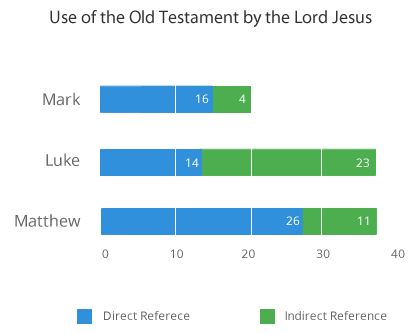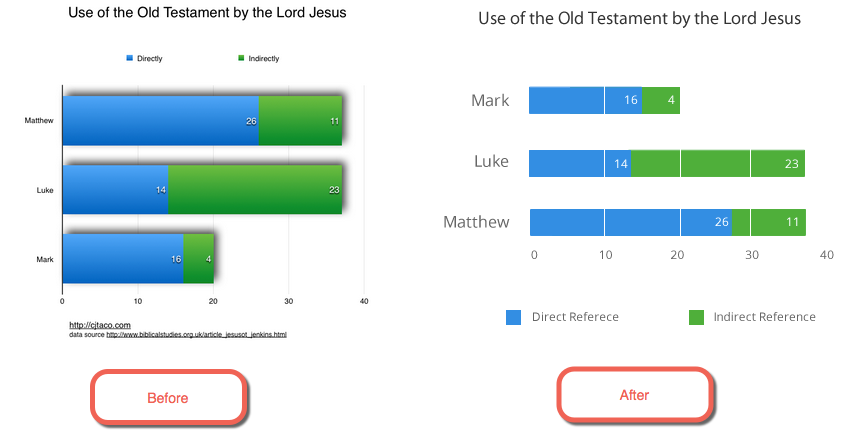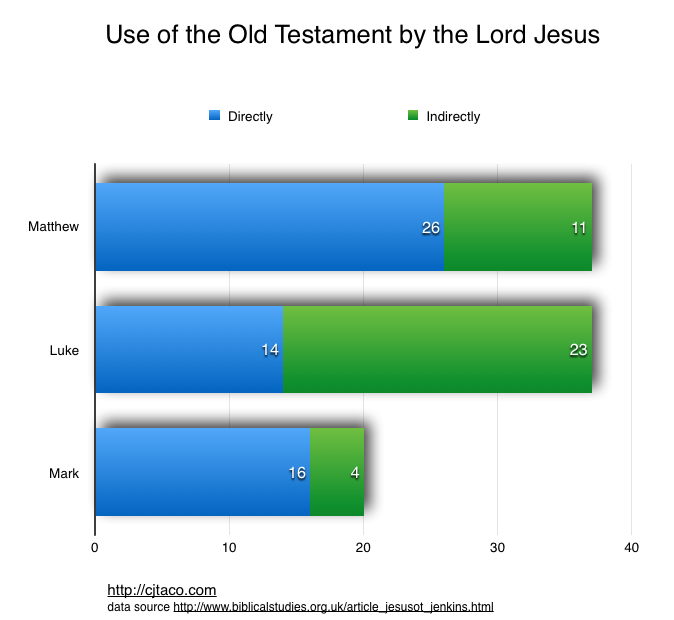A mentor once told me that “conflicts are the collision of dreams”. A source of conflict is when two people use the same word to mean different things. For example, when I say dinner, I really mean sitting around a table sharing a meal with people I care about. Someone else may say “dinner” and mean consuming food. A conflict will happen if I invite someone to dinner and the person says “how about picking something up for yourself”. What does this have to do with UX Design? Everything.
Terms are important. For example, the term “mobile” can mean many things. When someone says “mobile”, they are likely saying “Smart Phones, tablets (iPads and Android tablets), and windows touch stuff”. Someone else may use “mobile” to mean Smart Phones and iPads. Dreams will collide if these two people are in the same room without first coming to terms.
Mobile for Apple, Android, and Microsoft means different things. I would argue that Apple and Android use mobile to mean similar things. Apple decided to provide a completely different experience in mobile from the desktop. For Microsoft, mobile meant something different. Their tablets replicate the desktop experience.
Key UX lesson – avoid conflicts by first coming to terms.


